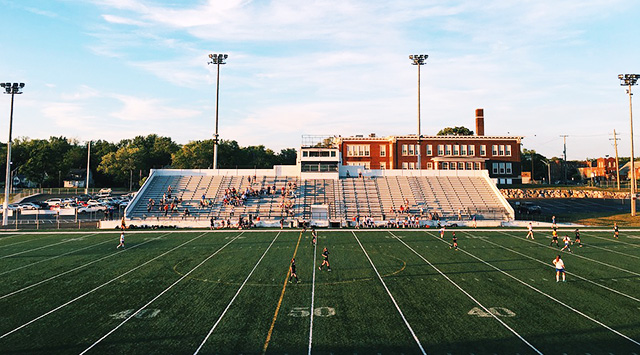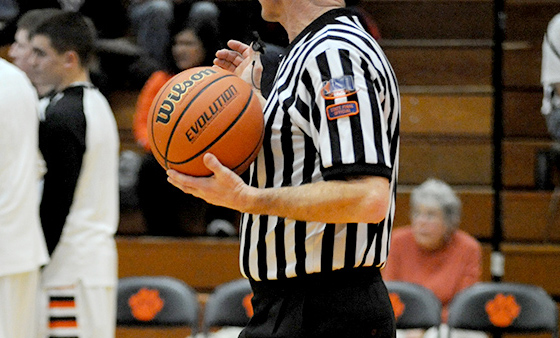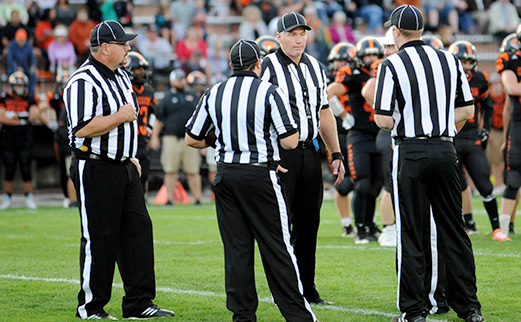High Schools Shifting COVID Aid to Athletics
In an effort to help schools reopen and recover from the COVID-19 pandemic, Congress issued $123 billion from its federal pandemic relief aid plan. And with little limits on how the money can be spent by the schools, many are opting to use large portions in athletics projects that they previously couldn’t afford.As news of this has come to light on the national level thanks, in part, to a report from the Associated Press, some say it violates the intent of Congress’s relief package while the schools argue the projects support the mental and physical health of students — one of the objectives allowed by the federal government.
Below is an excerpt from the Associated Press report. One Wisconsin school district built a new football field. In Iowa, a high school weight room is getting a renovation. Another in Kentucky is replacing two outdoor tracks. Rep. Bobby Scott, the top Democrat on the U.S. House education committee, said the money shouldn’t be used to fund athletics at the expense of academics. It was meant to help students, he said, not sports programs.
One Wisconsin school district built a new football field. In Iowa, a high school weight room is getting a renovation. Another in Kentucky is replacing two outdoor tracks. Rep. Bobby Scott, the top Democrat on the U.S. House education committee, said the money shouldn’t be used to fund athletics at the expense of academics. It was meant to help students, he said, not sports programs.
In some parts of the country, exercise equipment companies have tried to capitalize, contacting school coaches and superintendents to suggest upgrades.
It’s impossible to know exactly how many schools are using pandemic relief on athletics. Districts are required to tell states how they’re spending the money, but some schools are using local funding for sports projects and then replacing it with federal relief — a maneuver that skirts reporting requirements.
When school officials in Whitewater, Wisconsin, learned they would be getting $2 million in pandemic relief this year, they decided to use most of it to cover their current budget, freeing up $1.6 million in local funding to build new synthetic turf fields for football, baseball, and softball.
Athletics officials in the district of 1,800 students said the project was sorely needed to replace fields prone to heavy flooding. They touted the federal money as a chance to solve the problem without asking local taxpayers for funding.
“If we don’t do it now with this money, I’m not sure when we would ever do something like this,” athletic director Justin Crandall told the school board in May. “I don’t see us being a district that would go to a referendum for turf fields.”
In the Roland-Story Community School District in Iowa, there were no objections when the school board voted in May to use $100,000 in pandemic relief on a high school weight room renovation. That allowed the district to double its weightlifting platforms to 12 and add new flooring with customized school branding.
Superintendent Matt Patton called it a “major health and safety improvement,” saying the new floors can be disinfected more easily. He said most of the district’s federal aid went to other costs, including a full-time mental health therapist, special education teachers, and expanded summer learning options.
The project is seen as a boon for wrestlers and the football team, which recently boasted that 39 players put in more than 3,300 workouts in the off-season. The old equipment will be used at the middle school.
“More kids will be able to lift at the same time with better equipment,” said high school wrestling coach Leland Schwartz. “Anytime we can offer more opportunities for our athletes, those athletes will get better, which makes all of our programs better.”
The school board in East Lyme, Connecticut, recently approved a plan to put some of its federal aid toward annual operating costs, freeing $175,000 to renovate a baseball field with poor drainage. Some board members called for quick action to get the work finished in time for games in the spring.
In September, the Pulaski County school board in Kentucky allocated $1 million in pandemic aid to resurface two outdoor tracks. Superintendent Patrick Richardson called it a health-and-wellness project that falls within the scope of the federal funding, saying it will “allow our students to be taken out for mask breaks, by class, in a safe environment.”
To read the full report from the Associated Press on high schools using federal aid on athletics, click here.







